On September 19, the unthinkable happened: the Cumbre Vieja volcano –provisional name linked to the natural park that encompasses the cone– erupted in The Palm ravaging part of the Canary Island with lava rivers until its arrival at sea a few days ago.
The eruption of the La Palma volcano is the first of terrestrial origin what happens in Spain since 1971, year in which it entered into activity the Teneguia volcano , also on the island of La Palma. About underwater eruptions , the last one took place in Tagoro volcano from the nearby island of The iron in 2011.
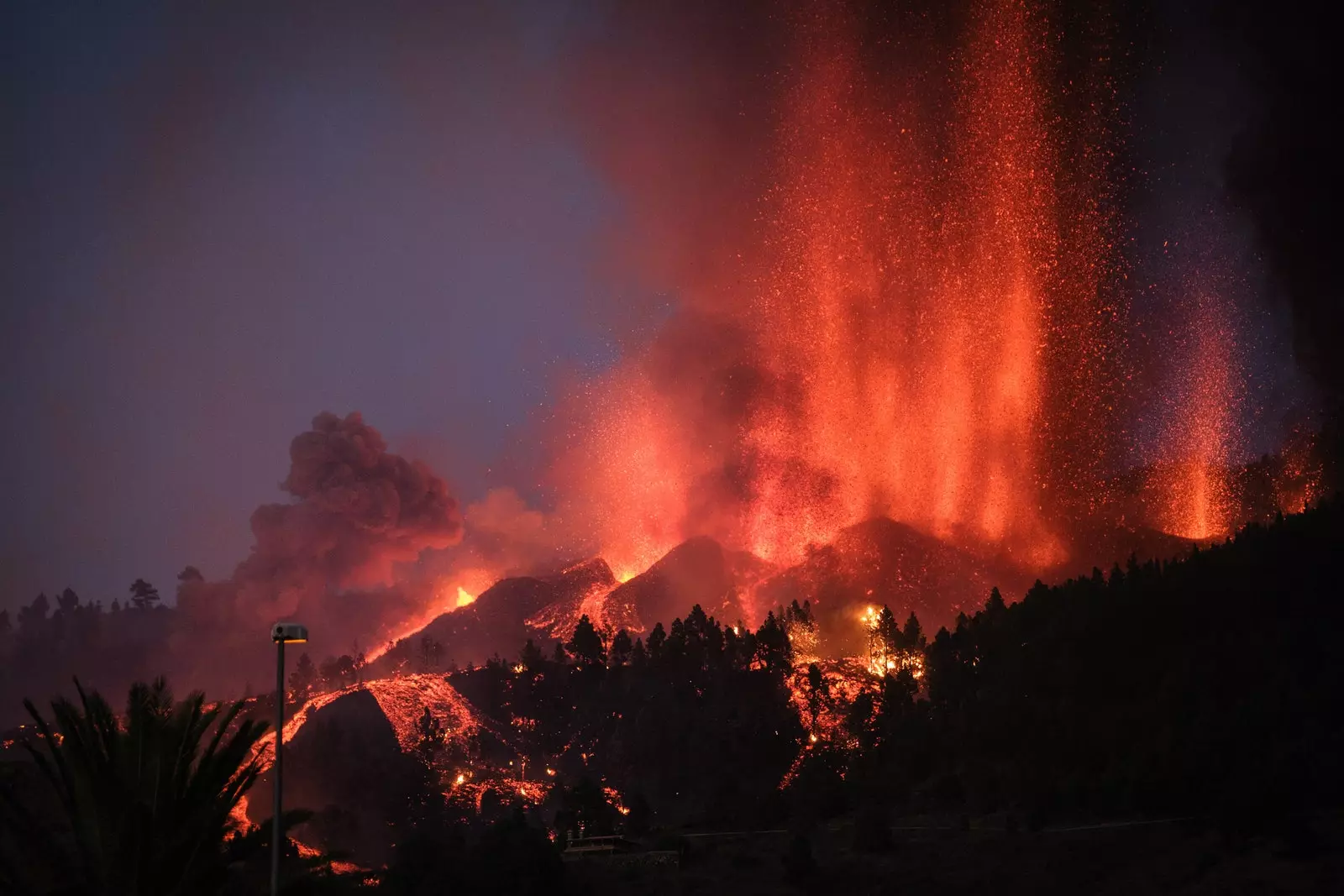
Eruption of the Cumbre Vieja volcano, El Paso, La Palma.
The event that occurred in La Palma has caused the terrible destruction of houses and plantations of many neighbors but, in parallel, it has also meant a magnet for the scientific community and the extensive study of the volcanic situation in Spain. An investigation that has revealed the growing interest in volcanoes , specifically of the many scattered throughout the Spanish territory.
Our country encompasses up to 100 volcanic cones depending on the National Geographic Institute (IGN) , which could be divided into two groups: the formations located in the peninsular area, caused by the collision between the African and Eurasian plates; and the area of Canary Islands , born from a hot spot in the interior of an oceanic plate which makes it the only active volcanic region in Spain.
Unlike La Palma, an island whose current tourist activity remains in question, the following 'volcanoes' in Spain can be visited currently.
SANTA MARGARIDA (LA GARROTXA, GIRONA)
In addition to being one of the best places to visit in a balloon, the region of La Garrotxa in Girona includes a natural park of 38 volcanic cones among which stands out the Santa Margarida volcano.
Located next to the road that connects the town of Olot with Santa Pau, today this crater looks upholstered with pine trees among which we find the Romanesque hermitage of Santa Margarida de Sacot.
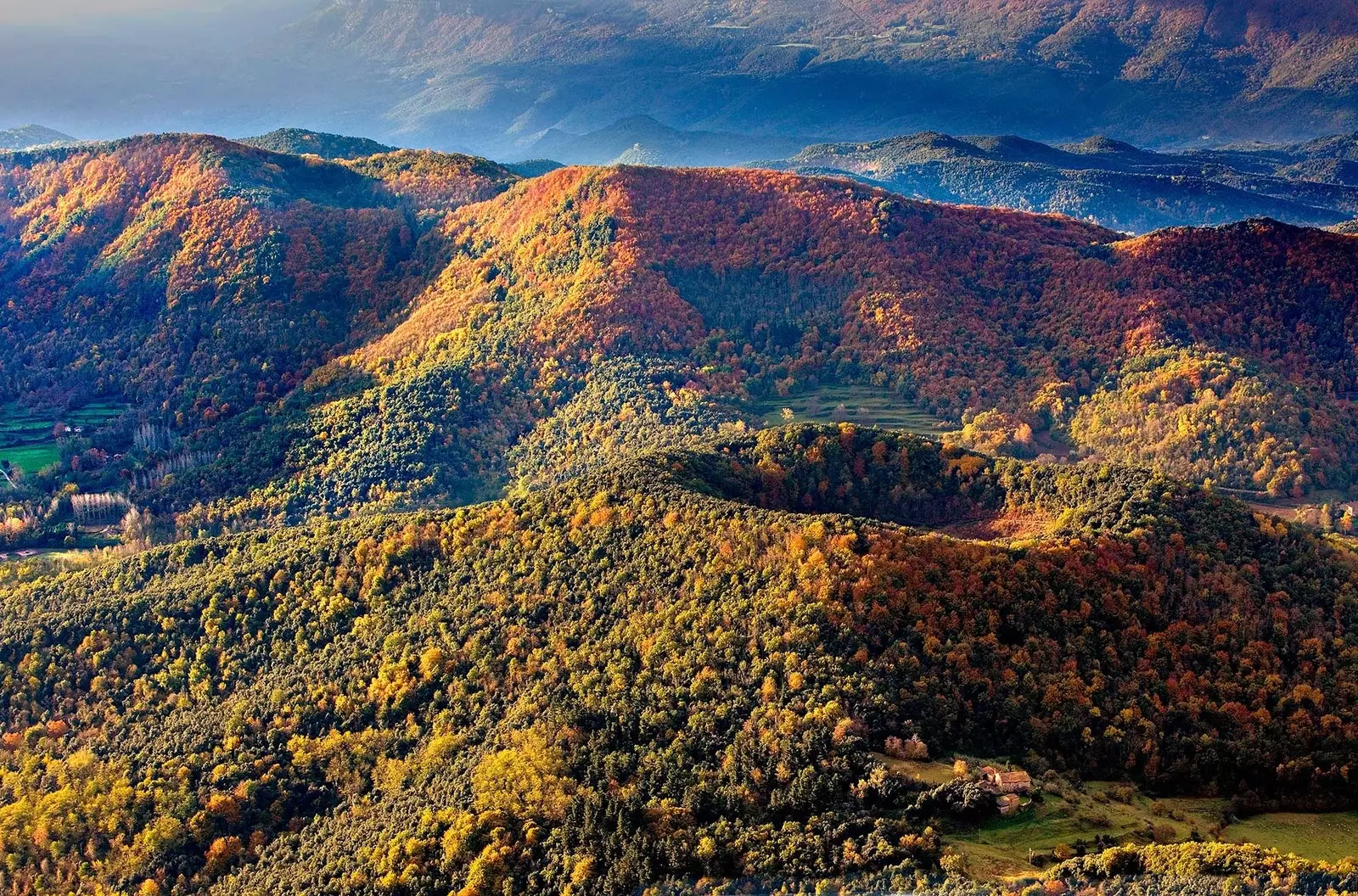
The Santa Margarida volcano.
The Santa Margarida volcano is of a mixed nature and strombolian eruptive phases (similar to that of the La Palma volcano) as well as the nearby Croscat Volcano, cause of a last eruption 11,000 years ago, so it does not pose a current threat.
The sumúm of a volcanic route that unfolds in La Garrotxa other places of interest such as the Montsacopa volcanoes , in the city of olot; Montolivet and La Garrinada.
TEIDE (TENERIFE, CANARY ISLANDS)
Considered as the highest peak in Spain (3715 meters high) and the third highest volcano in the world only behind the Hawaiian Mauna Loa and Mauna Kea , the Mount Teide is one of the great icons of the Canary Islands, today guarded by a national park who receives more than three million visitors by year.
the roof of Spain was born more than 170,000 years ago on the island of Tenerife and since then it has been an icon of Canarian culture: the guanches they considered it abode of the Guayota demon , the Greek Herodotus located here Mount Atlantean and even the hero Ulysses once saw “a dark mountain in the distance, as high as he had ever seen another.”

The Teide.
Though Teide's last eruption took place in 1798, experts assure that its consolidated structure, similar to that of Vesuvius and the Mount Etna , could imply future and violent eruptions.
VOLCANIC AREA OF CABO DE GATA (ALMERIA)
The Cabo de Gata Natural Park de Almería displays one of the most fascinating volcanic complexes in Spain as it has different types of formation: the volcanic crater of the Rodalquilar Valley, the oolitic dunes El Playazo fossils, or the fossilized lava tongue of the monsul beach, among others.
In addition, there are also domes, chimneys and even underwater caves of volcanic origin that emerged more than 12 million years . The origin of this magmatic map born from an ancient submerged area between the southern Spain and North Africa of which today only stands out the Alboran Island , inactive since its formation.
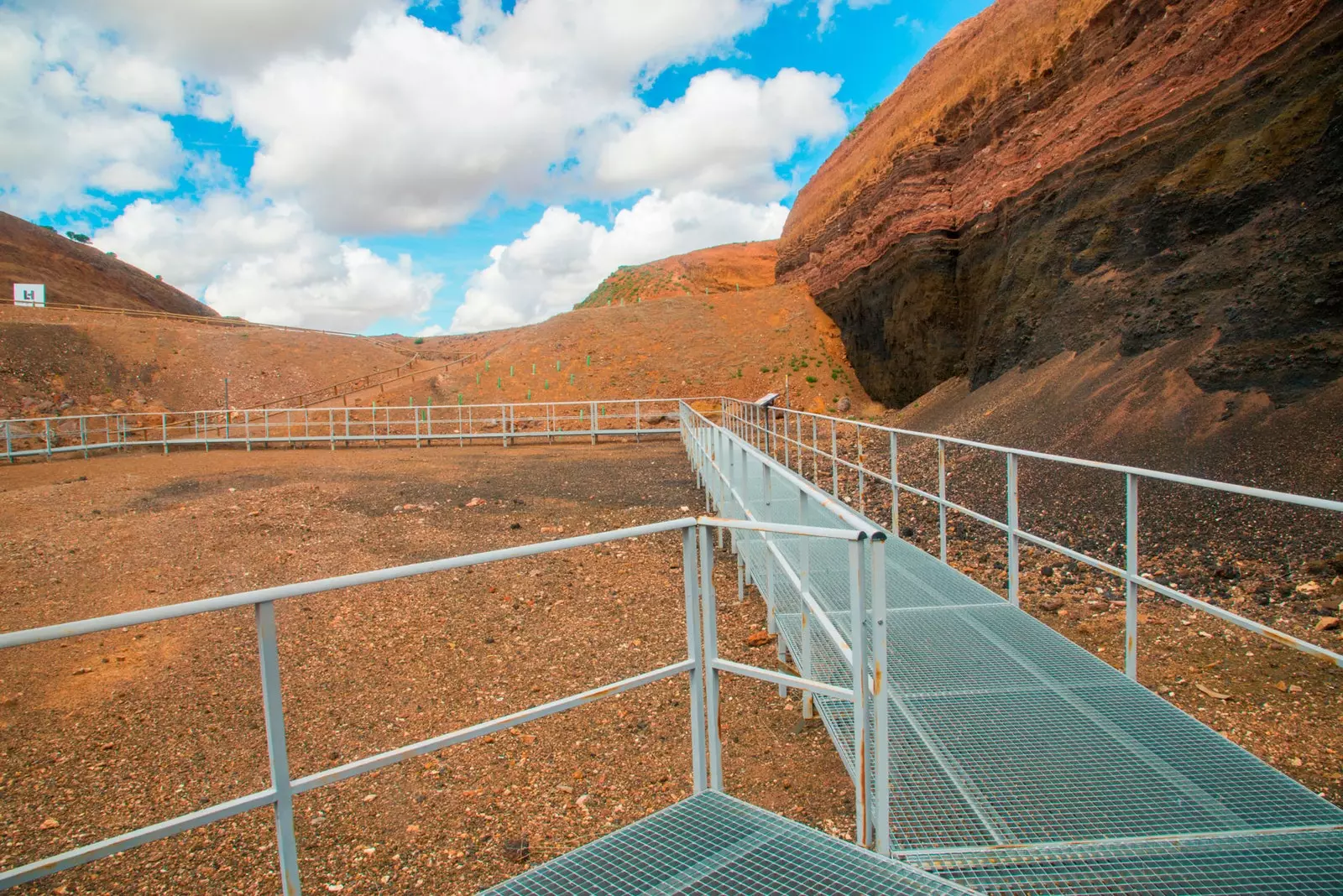
Fat Hill.
CERRO GORDO (REAL CITY)
the area of Calatrava field, in Real city, sits on a group of volcanoes, among which the Fat Hill, in Granatula de Calatrava; or the Columba volcano, the last cone to show activity more than 6,000 years ago.
65 volcanic lakes they unfold despite the lack of water and most of the recorded cones have a type of eruption Hawaiian (more fluid lava flows) and Strombolian (big explosions).
The very scientists who have returned from The Palm to follow the volcanic footprints on the peninsula have agreed on the wide interest that this area can be for tourism. So much so that the recent event “The Night of the Volcanoes” , held in the towns of Aldea del Rey and Calzada de Calatrava , ran out of available tickets within hours of going on sale.
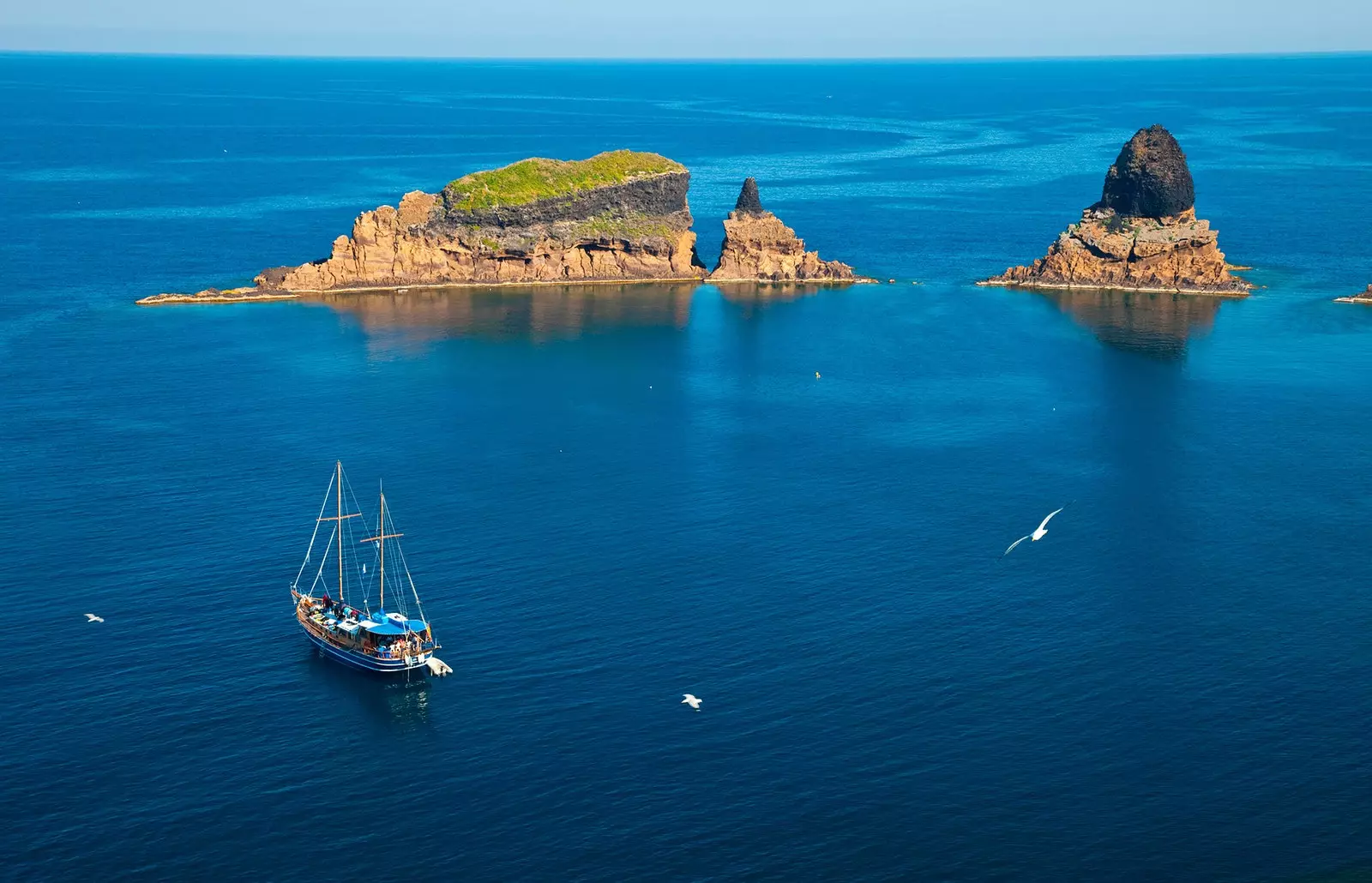
Columbretes Islands.
NAVARRETE (COLUMBRETES ISLANDS, CASTELLÓN)
Located at 48 kilometers from the city of Castellon , the archipelago of the Columbretes Islands is a paradise for lovers of diving, snorkeling and He too volcano tourism.
The different islets of the Columbretes arose two million years ago as the remains of ancient underwater eruptions , of which today six copies survive s among which the volcano of Big Columbrete , the only visitable island of the group, and the Navarrete volcano, both in a fossilized state.
AGRAS HILL (CONFRENTES, VALENCIA)
Continuing south, we find what is considered to be the only recent volcanic birth of the Valencian Community: the Hill of Agras located in the town of Chests. An educational and scientific icon of the area, the "Cofrentes volcano" has 527 meters of altitude and takes more than 10,000 years without showing activity.
The installation of a magnetic chamber 15 kilometers deep releases gas bubbles into the Hervideros spring , which provides the famous Hervideros Spa.
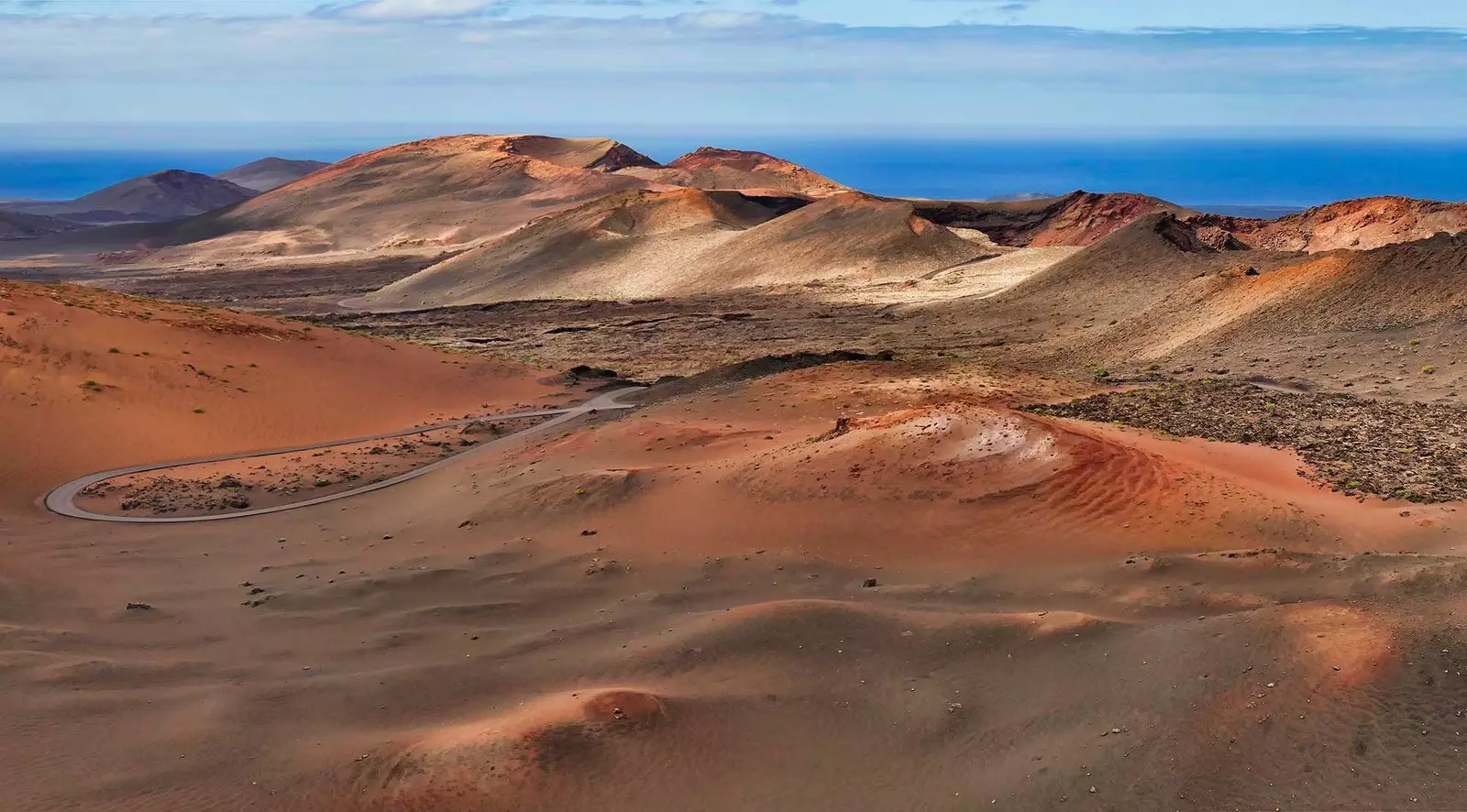
Timanfaya.
TIMANFAYA (LANZAROTE)
Canary Islands It is the only region in Spain with active volcanism and many of his almost 40 volcanoes they have experienced more than one eruption in the last few centuries. The longest took place in the current Timanfay National Park to the island of Lanzarote in 1730 and lasted 2,055 days.
As a curiosity, the land devastated by lava became more fertile years later and local farmers boosted the crops of the iconic wine from La Geria . Currently, Lanzarote encompasses up to five volcanic areas, being one of the most eruptive islands next to Tenerife and La Palma.
The iron Y Gran Canaria recorded fewer volcanic areas and in La Gomera are practically non-existent.
